What? |
|---|
|
Tottori (鳥取) is the capital of the prefecture with the same name. That prefecture lies along the Sea of Japan resulting in a rather harsh climate in winter and difficulty of access. Maybe this is the reason why it is the least densely populated prefecture of Japan. The main attraction of Tottori – both prefecture as city – are the Tottori Dunes (鳥取砂丘) which stretch out for 2 kilometers and reach a height of 50 meters. Otherwise the city is a laid back place with the usual temples, shrines and museums, among which the Warabekan Toy Museum and the Watanabe Samurai Museum. |
Where? |
|
Tottori has an airport but it is only connected to Tokyo Haneda airport (羽田空港). There is no shinkansen connecting the city and limited express trains are quite pricy if you look at the time they need to bridge the distance between Kansai cities Kyoto (京都), Osaka (大阪) and Kobe (神戸). The easiest, fastest and cheapest is just to book a seat in a highway bus that connects any of the following cities: Osaka, Kyoto, Kobe, Himeji (姫路) and Fukuoka (福岡). Tottori has an expansive bus network, but on weekends and holidays I can highly recommend the Kirin Loop Bus (ループ麒麟獅子バス). A regular bus ticket to the dunes costs you 380 yen while the Kirin Loop Bus has a flat fare of 300 yen. A one day pass costs 600yen and has the added benefits that a “bus stamp” on your timetable (make sure you take it with you from the tourist office in Tottori station) gets you extra discounts at various spots. 
|
URL |
|
Warabekan Watanabe Museum |
The main attractions of Tottori are very memorable as you will find sand anywhere for two weeks after you visited. But I had the loop bus day ticket which is quite a good deal, so I decided to visit another 2 attractions of the city.
The first one was the Warabekan. It’s sometimes translated as toy museum but that’s not really what it is. On the third floor you have a nice collection of toys over the years which was the reason of my visit. Whether in Japan or Europe, many toys are universal and brought back some nice memories. And those which were unique to Japan were very interesting, like the karakuri dolls (even though automatons are very similar as they mention in the museum themselves).
The second floor was completely reserved for the kids with play corners, a library and an area where it was possible to make your own toys. This was actually a one day event and I felt really sorry for the organizers as I was the only one there. It must have been a combination of corona and the good weather… I was on the verge of saying that I would like to make a simple magnet when a little girl with her mom came in. I hope that after I left at least some other kids would have found their way to the event.
The first floor is actually what makes this place “not a toy museum”. It’s dedicated to children’s songs and their authors. I can honestly say that I don’t know a single Japanese children’s song nor do I know any of the composers. But the songs can be heard in decors of Japan of days gone by, with a veranda of an old farmhouse, an old classroom and an old candy shop.
As I also can’t read any notes I didn’t understand anything of the displays, but I was intrigued nonetheless.
The building itself is also quite fascinating, with an run down European façade that slants towards the back and with a circular event hall that has a built in “karakuri clock”. I actually wanted to see the clock in action but I was too late to realize that it – obviously – only plays once an hour. Stupid me.
Next to the building is a big play area, but even here I didn’t spot any kids. Is this what it means to be least densely populated prefecture of Japan??
Joking aside, Warabekan isn’t a must-see-top-of-the-notch attraction, but I found it charming and unique. And nostalgic in a positive way.
(Note: if you are not a Japanese national, show your passport or residence card. You will only need to pay half of the regular income price.)
After that it was time for something more “manly”, so I hopped off the bus at the Watanabe Museum. While the Japanese word says it is an art museum, it is actually a random collection of old stuff handpicked by founder Hajime Watanabe. This is a very unrespectful way of saying it, but it’s the truth. Doctor Watanabe was probably someone who couldn’t throw anything away and ended up making a museum out of his junk.
And luckily he did.
There is no real theme in this museum as you have many displays, touching religion in China, African tribes’ war shields and contemporary decorations for children’s festivals all mixed together. There is some interesting stuff in there though, but as the collections are pretty big it wasn’t possible for me to stay focused the whole time.
But all the above is secondary, because what this museum is really about are samurai. I have seen my fair share of samurai armors (my host family had one in their guest room on display – guess where my futon was) and katana’s, but the collection here is really awesome. There’s of course the sheer number of armors, helmets, swords and knifes, but it’s also their uniqueness. I’m a sucker for the Japanese warrior’s helmets and there were some very mesmerizing examples of decorative headwear. Without realizing an hour had passed and I hadn’t even completed the first hallway. Anyone who is even remotely interested in samurai should visit this museum. There’s not a lot of info about the owners of the armors or about their lineages, but just let your eyes feast on the amazing collection.
If there would be a little bit more thought in how to organize this museum and how to display the available collections, it would be top notch. As it was, it seemed to me lacking a bit of financial strength to actually bring out its full potential.
I hope this place doesn’t wither away as it’s fairly isolated even in Tottori city itself. It’s not close to the station and neither to the famous dunes. Luckily the loop bus still passes this place in the weekend. If you take this loop bus by the way, make sure you take the timetable with you. On the bus there is a stamp that you can put on your timetable, and by showing this you can get a discount at various places in the city (like the Watanabe Museum, but also the Sand Museum).
>>More pictures<< |
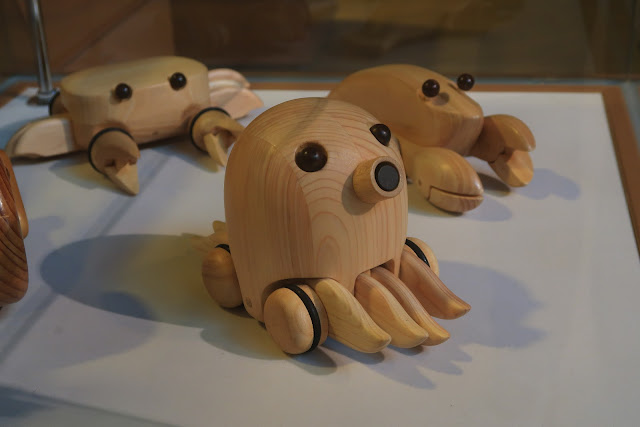
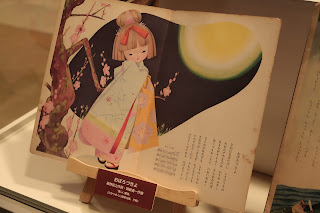
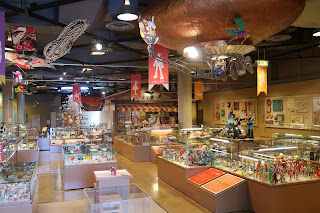
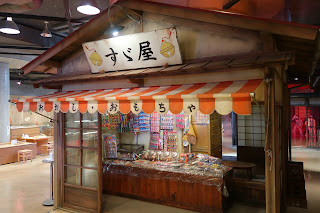
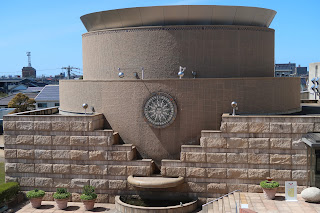
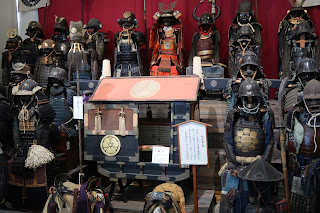
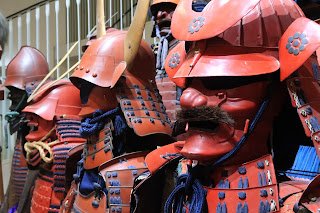
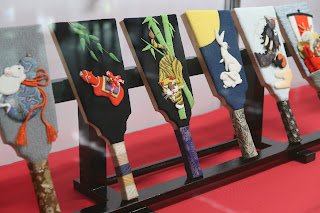
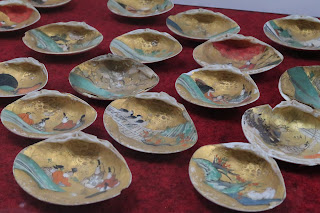











No comments:
Post a Comment